Chinese AI Chipmaker Cambricon Posts 44-Fold Revenue Surge in H1 on Supply Chain Self-Reliance
Input
Changed
“China’s Nvidia” Cambricon has seen its results improve since late last year. Adoption by domestic big techs such as DeepSeek is driving a surge in AI chip demand. Major players including Huawei and SMIC are focusing on expanding production capacity.
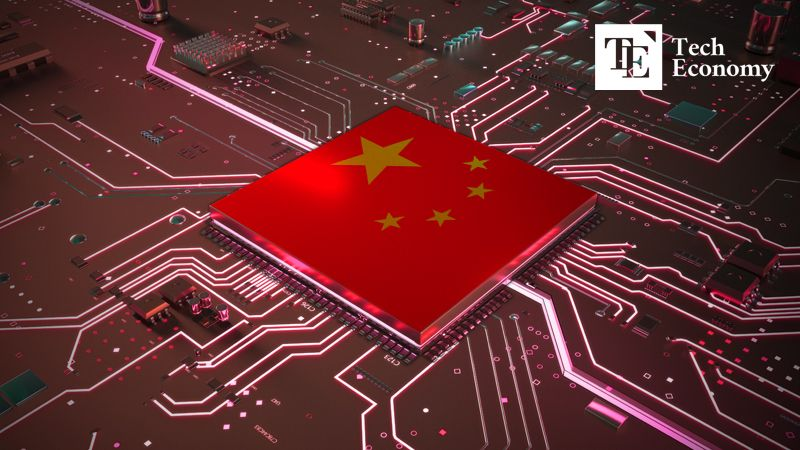
China’s homegrown AI chip manufacturer Cambricon Technologies has reported a staggering 4,348% revenue increase in the first half of the year, underscoring the accelerating momentum of Beijing’s push for technological self-sufficiency. The surge came as Chinese tech giants such as DeepSeek shifted away from Nvidia’s products, driving demand for domestic AI chips. Alongside Cambricon, major players including Huawei and SMIC are ramping up next-generation AI chip development and production capacity, suggesting that U.S. export restrictions are inadvertently accelerating China’s semiconductor self-reliance.
Cambricon Swings to Profit, Matches Competitors on Platform Capabilities
According to the Financial Times on the 27th, Cambricon posted a net profit of $150 million in the first half, a sharp turnaround from a $75 million net loss a year earlier. Revenue surged to $470 million, compared with just $11 million in the same period last year. Founded in 2016 in Beijing by brothers Chen Yunji and Chen Tianshi from the Chinese Academy of Sciences, the company has seen its fortunes improve markedly since Washington tightened curbs on exports of advanced AI chips. Cambricon booked its first-ever quarterly profit in Q4 last year, with revenue rising 75% during the period.
The company attributed its growth to “sustained market expansion and proactive support for AI applications,” citing particular gains in hardware and software development for AI training and inference. It also asserted that its platform achieves performance “on par with competitors” in reinforcement learning. Cambricon’s large language model (LLM) training platform—viewed as a potential challenger to Nvidia’s CUDA—already supports China’s leading AI models, including DeepSeek, Alibaba’s Qwen, and Tencent’s Hunyuan.
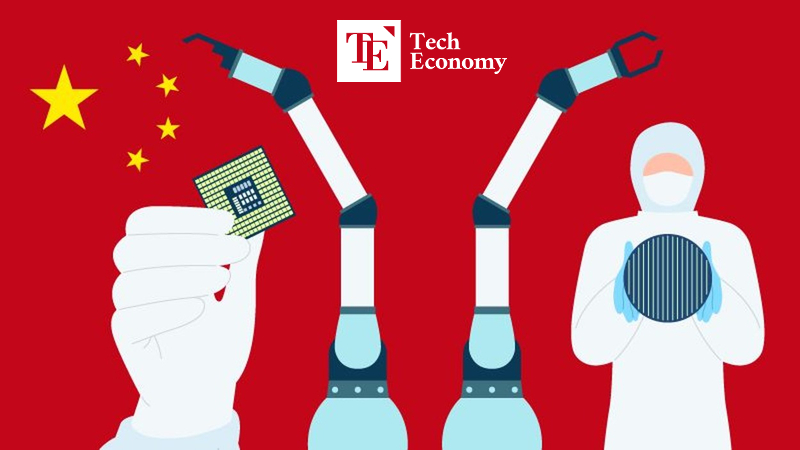
Beijing Targets Tripling AI Chip Output by 2026
Cambricon’s rapid ascent illustrates that China is building not only chip design capabilities but also manufacturing capacity. The Chinese government has set a target of tripling AI chip production by 2026 in a bid to reduce reliance on Nvidia. Huawei, which integrates both design and manufacturing, plans to begin production at a dedicated AI chip plant this year and to add two more facilities by next year. Once all three are operational, output is expected to surpass that of SMIC, China’s largest semiconductor foundry.
SMIC itself aims to double capacity for its 7-nanometer chips—the most advanced nodes in mass production in China—by next year. Huawei is SMIC’s largest client, but other fabless firms including Cambricon, Verin, and MetaX also rely on SMIC for supply. At the same time, China’s chip design startups are racing to expand capacity through IPOs and large fundraising rounds. Verin, which is preparing for a Hong Kong listing, recently secured $2.07 billion in new financing, while MetaX announced plans to raise $540 million on Shanghai’s STAR Market.
These companies are competing to develop next-generation AI chips aligned with domestic standards. On the 23rd, DeepSeek announced that its latest model uses FP8 data formats tailored to upcoming Chinese chips, emphasizing hardware efficiency over precision. It disclosed that its V3.1 AI model employed a specially designed “UE8M0 FP8 scale” for a forthcoming in-house processor. Following the announcement, shares of Chinese chip firms—touted as potential suppliers including Huawei, Cambricon, MetaX, Moore Threads, and Hygon—rallied sharply.
U.S. Export Curbs Undermined by China’s Independent Supply Chains
The explosive growth of China’s semiconductor ecosystem has stoked unease at Nvidia. CEO Jensen Huang, during a meeting with U.S. President Donald Trump at the White House last month, argued that American firms must retain access to the Chinese market and workforce if they are to maintain global dominance in AI. His comments reflected concerns that with China developing its own AI chips, restricting U.S. companies’ access could erode their leadership position.
Earlier in April, Trump banned exports of Nvidia’s H20 chips to China, extending the restrictions first imposed under the Biden administration in 2023. After Huang’s intervention, the administration allowed sales to resume, but imposed a 15% “export tax” on Chinese revenues and capped performance at reduced specifications. AI chips featured prominently in subsequent U.S.-China summits, but talks failed to deliver a full repeal of restrictions.
Analysts now argue that such measures have limited effect on China’s chipmakers, which have already built independent supply chains. Cambricon disclosed that overseas sales accounted for less than 1% of total revenue in 2023 and 2024, adding that U.S. restrictions had “no material impact.” Loongson Technologies similarly stressed that it had developed proprietary chips and software ecosystems without U.S. inputs, and that tariffs would not impair its operations.
Experts suggest that Washington’s export curbs may paradoxically accelerate China’s self-sufficiency drive. As of last year, U.S. products accounted for just 3% of China’s semiconductor imports. Gu Wenjun of Shanghai-based ICwise said the tariff war is “catalyzing the reduction of U.S. dependence and the construction of autonomous supply chains.” Fan Zhiyuan of Sinolink Securities added that Washington’s policy “is creating new opportunities for China’s semiconductor industry.”



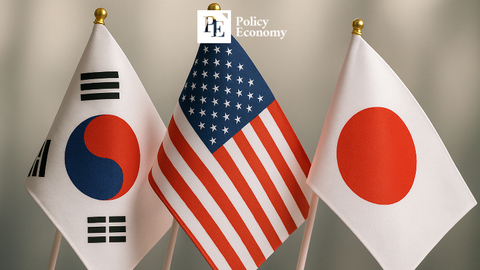
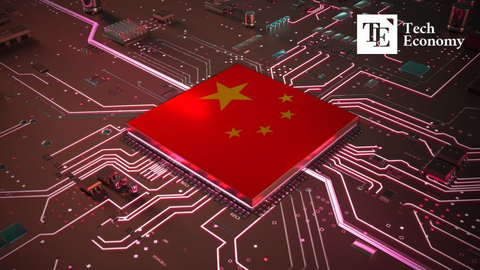

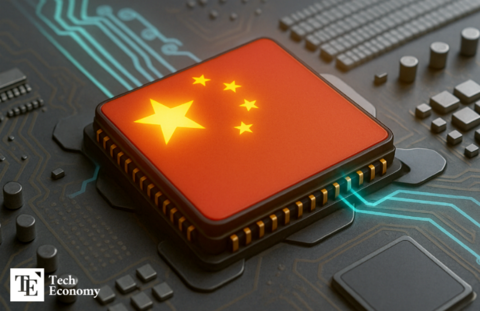
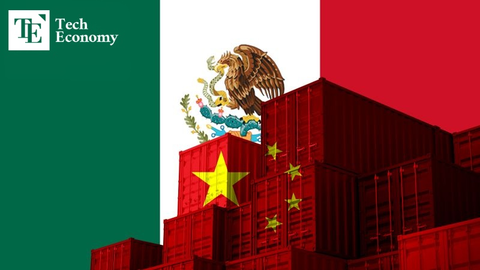














Comment